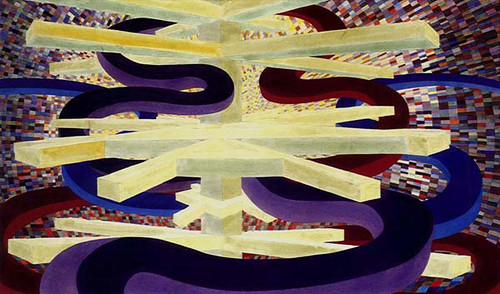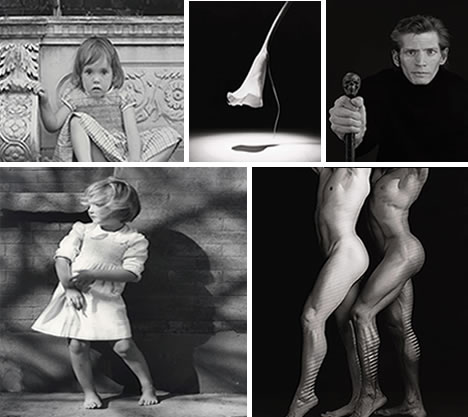


Martin’s artwork is the best work I have seen yet. It brings emotion and beauty to everyday objects as well as changing the meaning of such objects. With his artwork you are able to just look at the object or just look at the colors and get a different reaction based on your focus. Michael Craig Martin began his artwork in the 1960’s and is still creating masterpieces today.
During the 1960’s Martin used the new technology of the time to create video stills. These stills focus on shape. He focuses on the basic form of objects later adding color to give them more of a design. He moved to conceptual pieces during the 1970’s being interested in nontraditional things. He moved away from traditional paintings to art with ordinary objects and drawing in large scale. He used different mediums for his art such as one work which was designed with tape on a wall. In the 1980’s he depicted objects on a linear scale focusing more on the outline of objects. He used different materials to design his pieces. His artwork could be closely described to minimalist during the 1990’s. He painted whole spaces using significant colors. He would paint a wall or canvas a bright color and then use other significant colors to design the object. The bold colors that he used during this time are my favorite part of his artwork. It gives everyday artwork beauty and a new meaning.
During the beginning of the 21st Century he made several large scale pieces and his use of color is absolutely stunning. His brightly colored images have sometimes been referred to as nursery colors, which is suitable for his simplistic yet well designed art. These creations are epic in their design and make what one sees everyday a work of art. Martin is now giving back, in a sense, to the community. For example he has painted tiles in an underground subway system as well as at several banks so that everyday people can enjoy his art of everyday objects. His artwork is present to enhance the atmosphere of the place, not to be displayed at a museum to study. One of his professors at Yale, Al Held has impacted his art having many similar styles as Martin. However, I think Martin enhanced his art in a way with his bold colors and capability to change the meaning of objects. One example is his ‘Oak Tree” piece in which a glass is painted on top of a shelf hanging on a gallery wall. There is text nest to the piece explaining why it is in fact an oak tree and on one occasion he got stopped on a plane to Australia because he was carrying plant life and Martin had to explain that it really wasn’t an oak tree. I feel that Martin’s art really connects to everyday people and makes the ordinary extraordinary.










